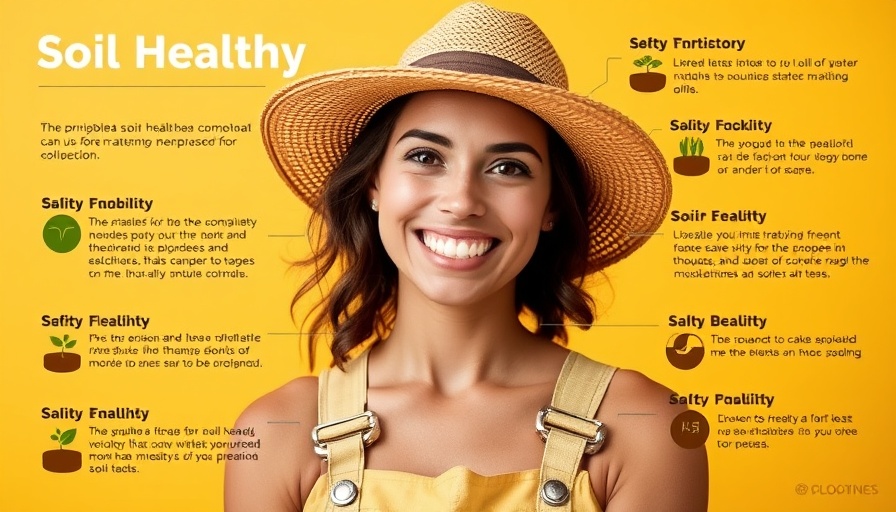
Understanding Femtech: What Does It Mean for Women?
Femtech, short for female technology, encompasses a wide range of innovations designed to improve women’s health care through technology. As discussed by Bethany Corbin, an entrepreneur and femtech attorney, femtech plays a crucial role in addressing the needs specific to female biology, which have historically been overlooked in the medical field. Despite its rise since 2016, the term "femtech" lacks a universal definition, leading to confusion about its scope. Generally, it aims at advancing health solutions that provide better insights and treatment options for women.
In WomenTalk: The 411 on Femtech Questions, we delve into the essential conversation around femtech, exploring key insights that sparked a deeper analysis on our end.
The Inequities in Women’s Health
The conversation around femtech highlights a critical gap in the healthcare system. Women have been systematically excluded from clinical trials for decades, leading to significant inequalities in diagnosis and treatment. It can take up to ten years for some conditions, such as endometriosis, to be diagnosed. The lack of inclusivity in healthcare innovation stems from a predominantly male perspective that has dictated what "normal" health looks like, often sidelining female-specific health issues.
Why Awareness is Key
As Corbin noted, if women are unaware of the innovative femtech solutions available to them, they cannot advocate for their own health. Awareness of new products is paramount for women to actively engage in their health care. For instance, an individual struggling with endometriosis who utilized a femtech app managed to use her tracking data to secure needed surgery, demonstrating the empowerment that comes with knowledge and access to technology.
Building a Community of Support
A key aspect of femtech growth is fostering a strong community. The upcoming Fem Health Festival aims to bridge the gap between consumers and innovators, providing a platform for education and interaction. By offering insights into femtech, the festival will not only celebrate advancements but also create a space where women can learn about their health options. Such initiatives are vital to demystifying subjects that society often shies away from discussing openly.
Moving Towards a Healthier Future
Bethany Corbin’s journey into femtech was spurred by her own health challenges, illustrating the personal motivation that drives many women in this field. The significance of having women at the forefront of health innovation cannot be overstated. Their firsthand experiences are crucial to developing solutions that work for women. As awareness of femtech grows, so does the potential for shifting the healthcare narrative from one of marginalization to empowerment.
Get Involved: Education and Advocacy
The need for consumer education cannot be ignored. Innovative products will only flourish if women support them. Engaging with femtech not only paves the way for better healthcare but also encourages funding and research that acknowledges women's health as a substantial market. We need consumers to advocate for their health by learning about new technologies and utilizing them to improve their wellbeing.
To learn more about femtech and the resources available for women's health, visit HealthyWomen.org. Stay informed about breakthroughs and innovations that affect your health and wellbeing.
 Add Row
Add Row  Add
Add 




Write A Comment